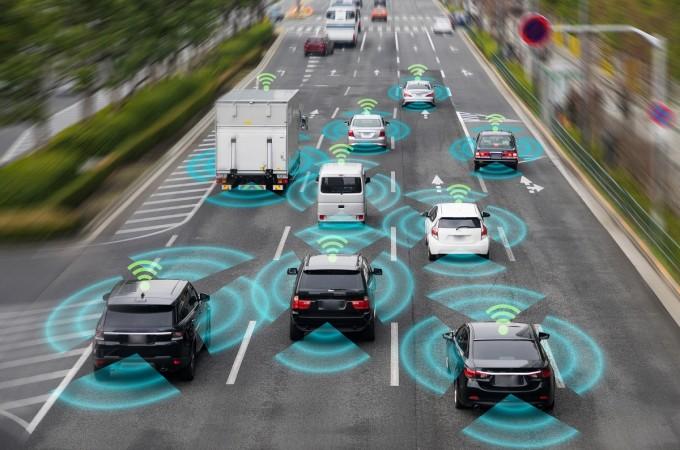
Autonomous cars in the near future could use a laser beam based steering system that is a lot faster than the radio wave based systems in use now. The technology is also more efficient and robust than existing technology used in accident avoidance systems.
Laser beam steering, as the researchers are now calling it, is reportedly "orders of magnitudes" faster than any exiting automated steering system that uses phased antenna-array technology, according to a release put out by the Purdue University. This steering system is based on the interactions between a pulsing laser and a surface based on silicon. The pulsing light is made by a "mode-locked laser with a frequency-comb spectrum".
A beam-steering device using lasers can easily scan a large angle of view in nanoseconds or picoseconds unlike the microseconds that current technology takes to react.
"This technology is far less complex and uses less power than existing technologies," said Amr Shaltout, a post-doctoral research fellow in Materials Science and Engineering at Stanford who came up with this idea. "The technology merges two different fields of nanophotonic [behavior of light on the nanometer scale] metasurfaces [surfaces that can manipulate light] and ultrafast optics."
Fast scanning means higher frame rates, which in turn will give high resolution output in any required application.
The laser beam steering system will not require any additional power source and is chip-compatible. Based entirely on light-matter interactions between metasurfaces, it can be integrated into a patterned silicon film, notes the report.
"That's the basis for all of the electronic circuitry at the nanoscale to give this exciting functionality that allows the beam steering to happen," said Brongersma, a professor in Stanford's Department of Materials Science and Engineering.
Autonomous cars make use of light detection and ranging (Lidar). It is similar to radar, except, instead of bouncing radio waves off surfaces, it uses infrared or visible light. This is why many autonomous cars are seen with a weird spinning tube on their roofs. Laser based systems could remove such instruments, which are quite expensive, reducing overall costs. "This seems to be a disruptive solution which could make a big difference in this huge, emerging industry," said Vladimir Shalaev of Purdue.
Laser beam steering, apart from its use in autonomous cars, can also be used in other areas that require navigation like space flights, radar, as well as imaging, tag-scanning, archaeology, mapping, robotics, and several other like fields, notes the release.

















